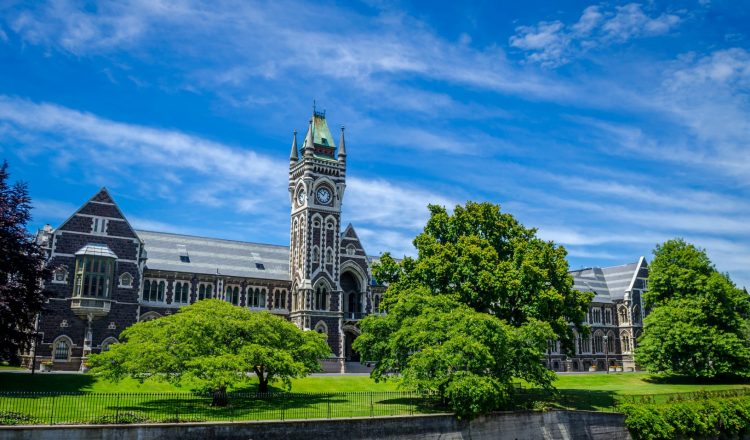졸업생 취업 비자
뉴질랜드에서 학교 졸업 후 자격이 충족되는 경우라면 최대 3년까지 워크 비자를 신청할 수 있습니다.
졸업생 취업 비자는 자격 수준과 공부한 지역에 따라 1년에서 최대 3년까지 지속됩니다. 2018년 11월 말부터는 아래와 같은 이전 2개의 비자를 대체합니다.
- 졸업생 취업 비자(신규)
- 졸업생 취업 비자(고용주 지원)
졸업생 취업 비자로 할 수 있는 일
졸업생 취업 비자가 있다면 거의 모든 직종에서 일할 수 있습니다. 배우자 역시 취업 비자를 신청할 수 있으며, 부양 자녀는 국내 학생과 동등하게 무료로 공부할 수 있습니다.
다음과 같이 나열한 기준들을 확인하고 얼마나 오래 일할 수 있는지 알아보십시오.
졸업생 취업 비자
부족한 직군에서 숙련된 고용자로 일을 하게 된다면 뉴질랜드 영주권 취득이 용이해집니다. 부족 직업군 조회
이미 졸업생 취업 비자가 있는 경우
이미 졸업생 취업 비자(신규)가 있거나 2018년 11월 26일 이전에 신청서가 통과된 경우, 현재 비자가 만료되기 전 최대 2년 동안 비자 연장을 신청할 수 있습니다.
졸업생 취업 비자(고용주 지원)가 있는 경우
이미 졸업생 취업 비자(고용주 지원)가 있거나 2018년 11월 26일 이전에 신청서가 통과된 경우 해당 직무, 고용주 및 위치를 삭제한 다음이라면 거의 모든 직종에서 일할 수 있습니다.
더 오래 머물고 싶다면
뉴질랜드에서 다음과 같은 다른 자격을 취득한 경우 추가로 졸업생 취업 비자를 신청할 수 있습니다.
- 최소 레벨7 이상의 학사 학위
- 자격 취득 후 최소 30주 이상 경과, 그리고
- 이전 비자를 위해 신청한 자격보다 상위 레벨일 때
뉴질랜드에서 일하길 희망하는 경우 각자가 처해 있는 상황에 따라 신청할 수 있는 비자가 더 있을 수 있습니다 (예: 필수 직종 워크 비자).
직업 찾기
뉴질랜드의 취업 시장은 여러분의 나라의 상황과 다를 수 있습니다. 아래의 웹사이트에서 뉴질랜드에서 취업 준비를 위한 정보를 찾아보세요.
취업 찾기 | New Zealand Now
부족 직군의 자격증을 공부하면 취업 확률이 높아집니다.
뉴질랜드의 부족 직군 찾기

















































